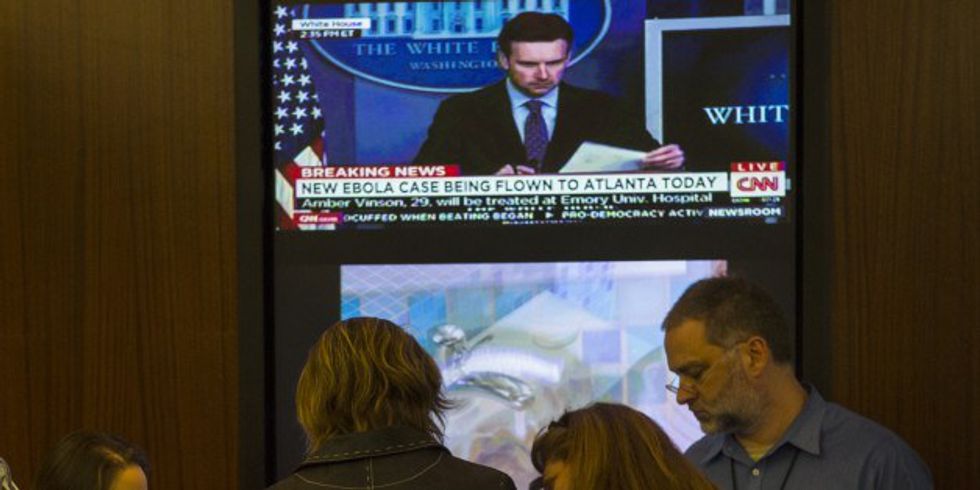Don't let the media fool you, the world isn’t the shit storm it is portrayed to be. Don’t get me wrong, there are definitely some bad things happening in our world, but there is also an equal amount of good things happening every single day.
The media, such as news channels, newspapers, and even stories on your Facebook feed (or Odyssey for that matter *cough cough*), are made to get views and shares in order to get ad revenue. They are a business, and they are made to make money. This is why a majority of them focus on reporting whatever gets the most attention- like reports on war, ISIS, shootings, etc etc.
The simple fact is that negative news garners way more attention that reports on positive incidents. Former news editor, Charlie Beckett points out that “In mainstream news, there is an ingrained, almost instinctive belief that a story isn’t ‘news’ unless it’s something broken, conflictual or disturbing” (Huffington Post.)
So,it is not that there are so many negative events to report on, but because the negative and fear-mongering stories are what get the most attention.
But why? Well, the answer is in our biology.
Your brain is practically hard-wired to scope out possible danger and threatening events. Thousands of years ago, we had to be on high alert for predators or any impending danger, so if you paid more attention to possible negative events, you were more prepared and more likely to survive. In other words, if you hear a howl and contribute it with a nearby predator, you were more likely to survive than someone who contributes it to “just the wind”. Now although we don’t have to be on guard for predators 24/7 now, that way of thinking still is present.
Media outlets know this, and they use it to their advantage.
Peter Diamandis, CEO of X Prize Foundation stated,
“…today the amygdala literally calls our attention to all the negative stories and if you see a thousand stories you’re going to focus on the negative ones and the media takes advantage of this and you know the old saw if it bleeds it leads. Well that’s why 90% of the news in the newspaper and on television is negative because that’s what we pay attention to.”
When you pay attention to negative news, you put your brain on high alert, and the cycle continues.
“So ultimately we are kept in this negative state of mind and when the amygdala goes on high alert because much of the dangers around us today are probabilistic dangers, a pandemic might strike, an asteroid might hit, we end up in a situation that our amygdala is always on high alert and it’s screening out the positive news and allowing in the negative news.” (Diamandis)It’s not that the world has become more dangerous and horrible lately, but that the horrible and dangerous events are more widely reported on due to technology. Before TV or smart phones, you simply would just not hear about the horrible stuff all over the world. But now that the media is literally in the palms of our hands, we are exposed to it so much more, which makes it seem so much worse.
But you obviously want to hear about good things, right? Well, the answer isn’t so simple.
Although many people will report that they would rather see positive events on their newsfeed, they would still be more attracted to the negative reports. Researchers Trussler and Soroka suggested that bad news gets so much attention, simply because it shocks us. When we think of our lives, we assume that we are above average, and expect things to work out in the end. So, when we see bad news, it actually surprises us and sticks out more, drawing out attention to it. (BBC Future)
So, maybe the world isn’t as bad as it seems. Perhaps there is an equal amount of good and bad, but we only hear about the bad events because it draws in the biggest audience?





















